The Instant Pot, a multifunctional kitchen appliance, has revolutionized home cooking by offering a quicker, more efficient way to prepare meals. Its ability to function as a pressure cooker, slow cooker, rice cooker, steamer, and more makes it a versatile tool for busy individuals and families alike.

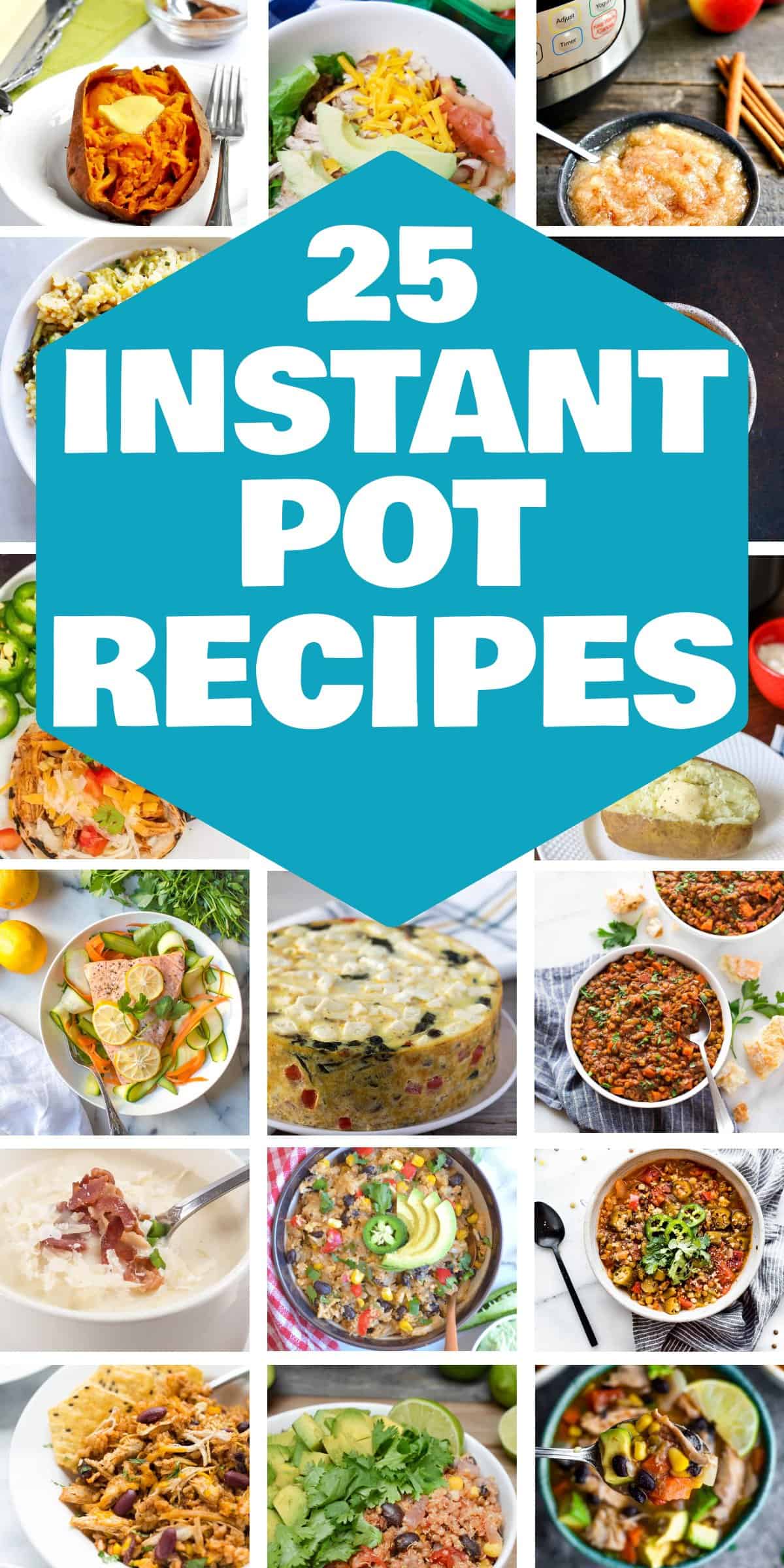
From hearty stews that traditionally require hours of simmering to delicate desserts that impress without the fuss, these recipes demonstrate how the Instant Pot can simplify meal preparation while maintaining the quality and flavor of dishes.
Join us as we explore a variety of dishes that cater to diverse tastes and dietary needs, making the most of the Instant Pot’s capabilities to transform everyday cooking into a delightful, stress-free experience.
Understand Your Instant Pot Settings: To make the most out of your Instant Pot, take the time to familiarize yourself with its settings. Each model may have different functions, so read the manual carefully. The pressure cook, sauté, and slow cook functions are essential, but don’t overlook others like yogurt, rice, or steam. Knowing how and when to use these settings can make a big difference in your cooking.
Preheat for Better Results: Preheating your Instant Pot before adding ingredients can help ensure even cooking. Just like preheating an oven, turning on the sauté function for a few minutes can bring the pot up to temperature, reducing the time it takes to reach pressure and improving the overall texture and flavor of your dish.
Layer Ingredients Strategically: When cooking a dish with multiple ingredients, think about how they cook and layer them accordingly. Denser ingredients like meat and root vegetables should go at the bottom, closer to the heat source, while lighter items like leafy greens can be placed on top. This ensures everything cooks evenly and nothing gets over or undercooked.
Instant Pot Recipes
1. Instant Pot Steel Cut Oats

2. Frittata Sausage, Mushrooms & Feta

3. Frittata Breakfast Casserole
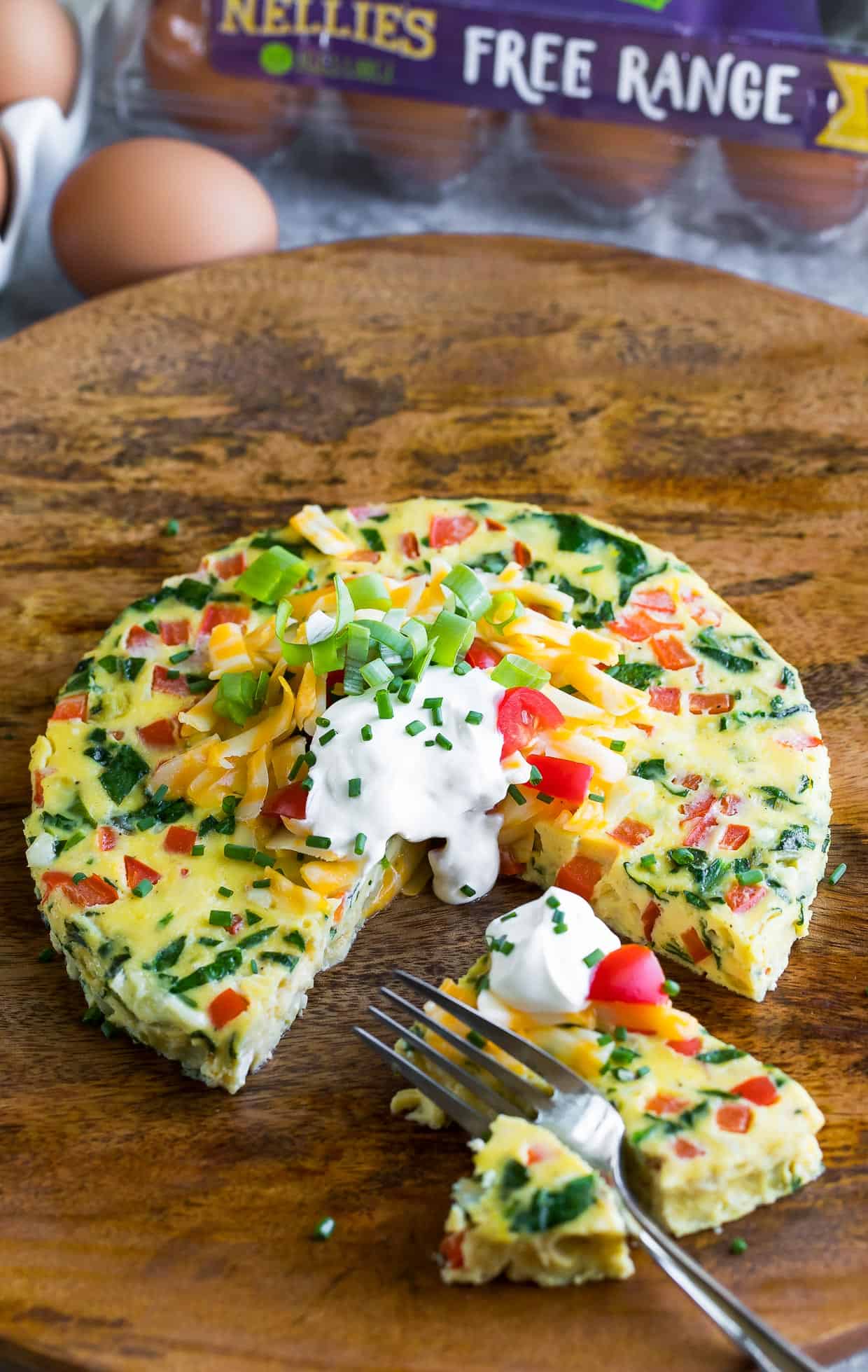
4. Instant Pot Sous Vide Egg Bites
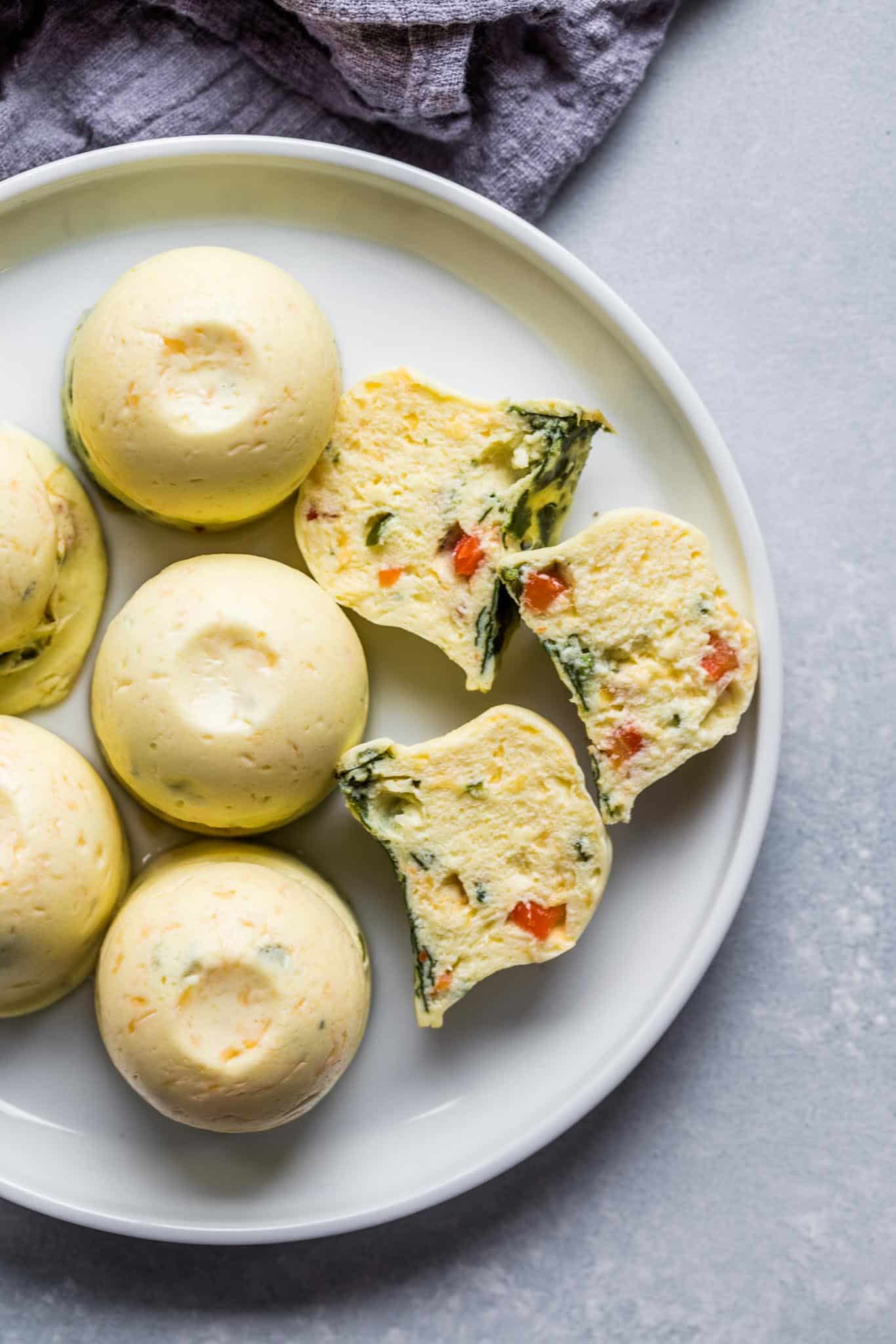
5. Instant Pot Baked Potatoes
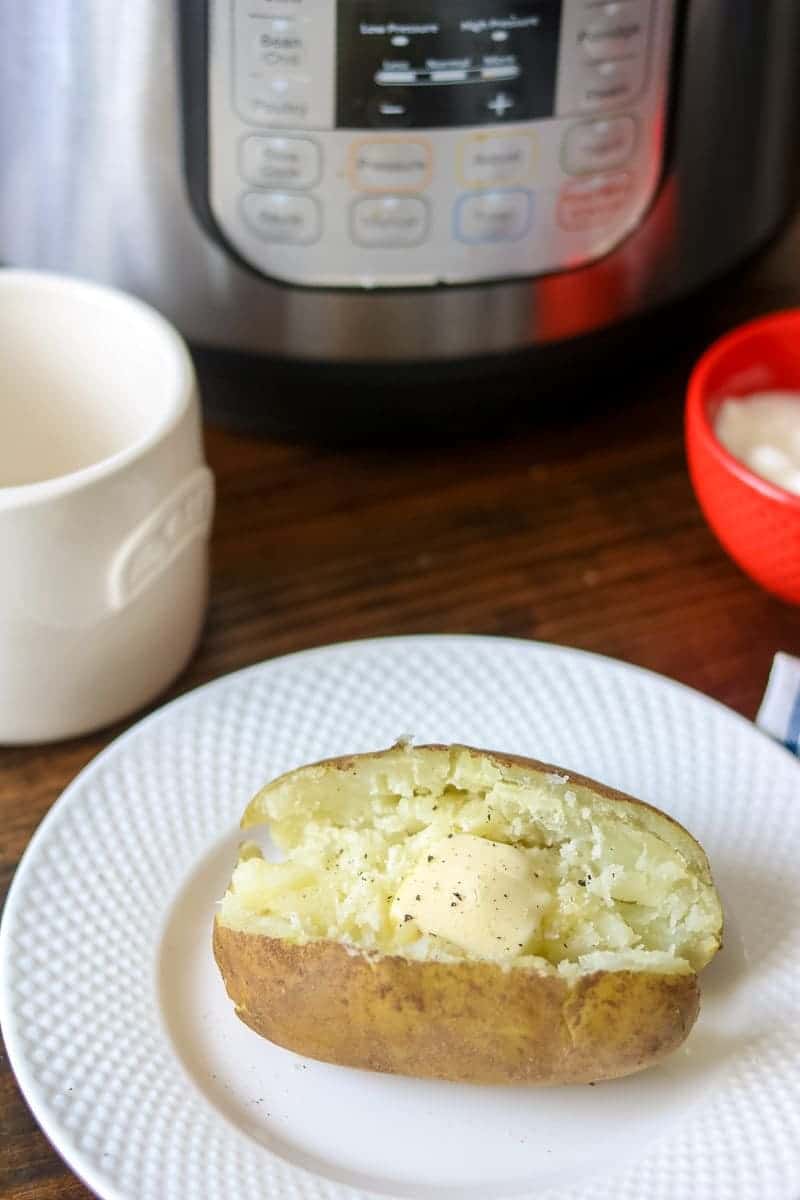
6. Instant Pot Black Beans
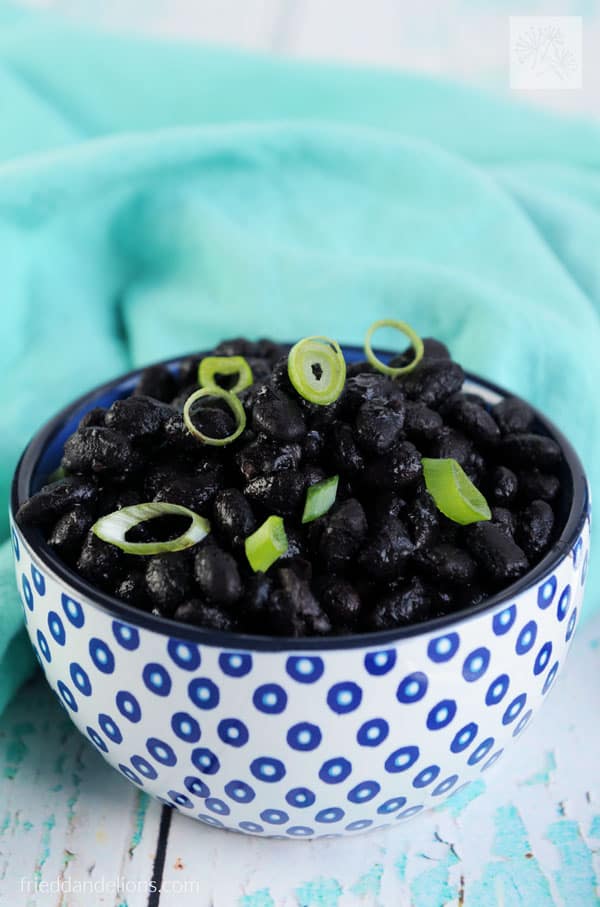
7. Instant Pot Hummus

8. Instant Pot Applesauce
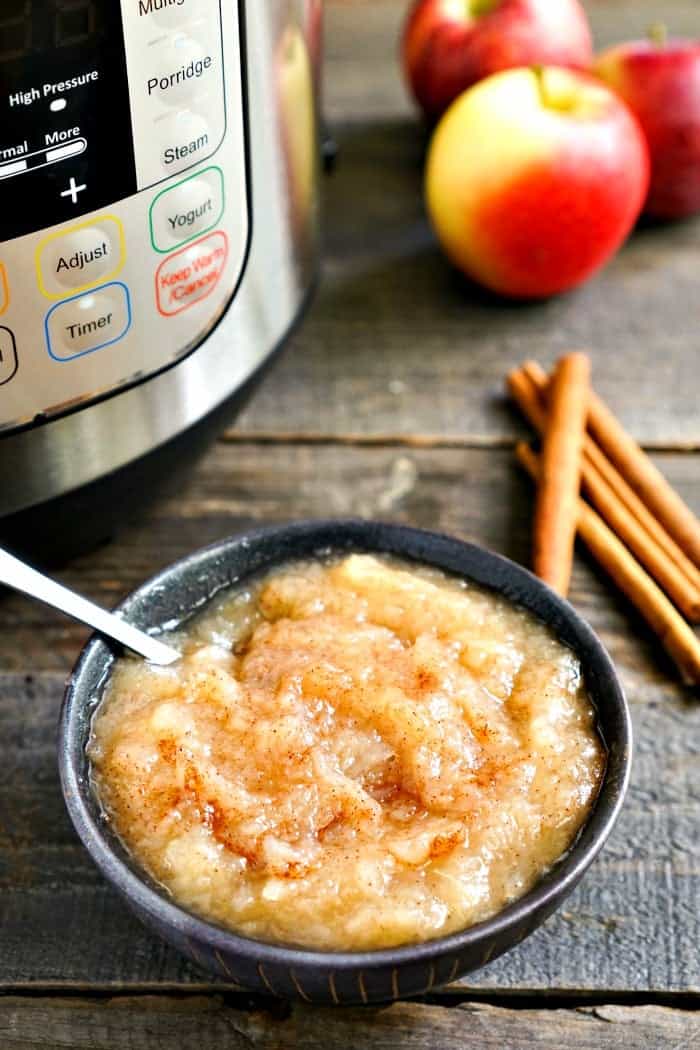
9. Instant Pot Sweet Potatoes

10. Instant Pot Lemon Vegetable Risotto
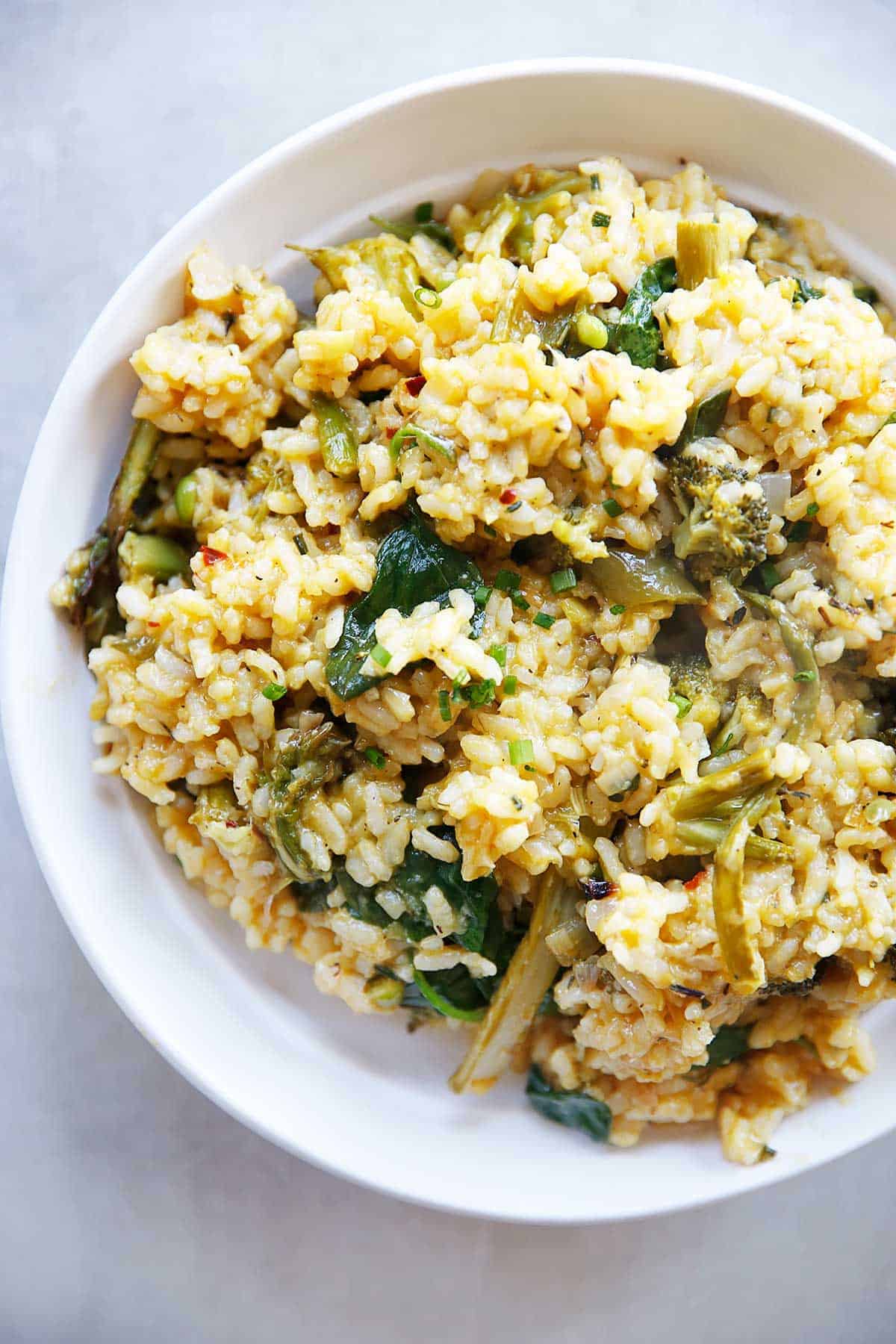
11. Instant Pot Lentil Soup

12. Instant Pot Mexican Quinoa Bowl
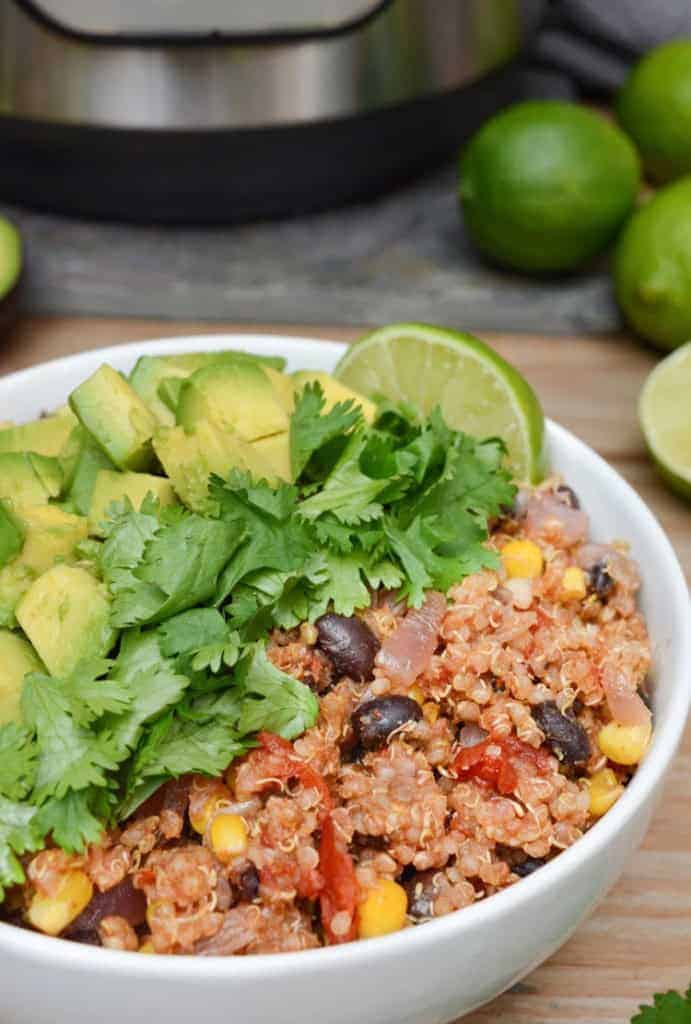
13. Split Pea soup
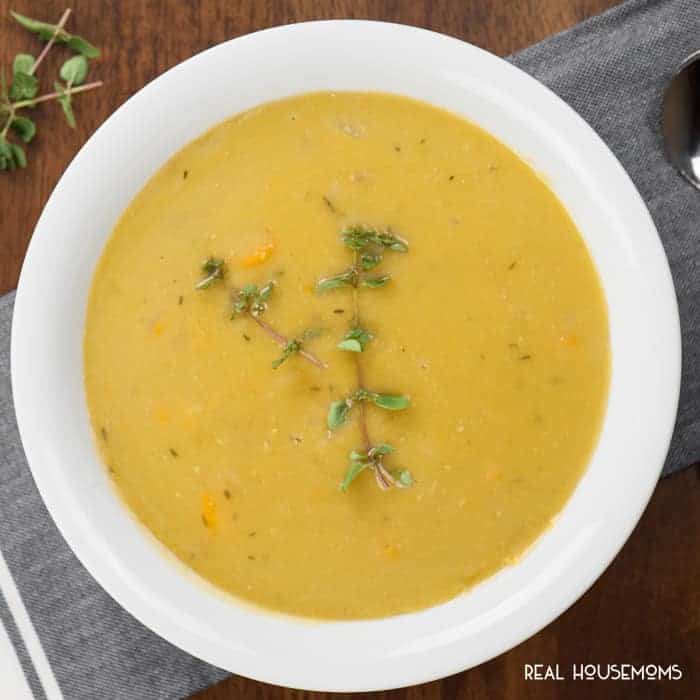
14. Instant Pot Cauliflower Potato Soup

15. Instant Pot Veg Gumbo

16. Instant Pot Cauliflower Mac & Cheese

17. Instant Pot Lemon Garlic Salmon

18. Instant Pot Seafood Gumbo
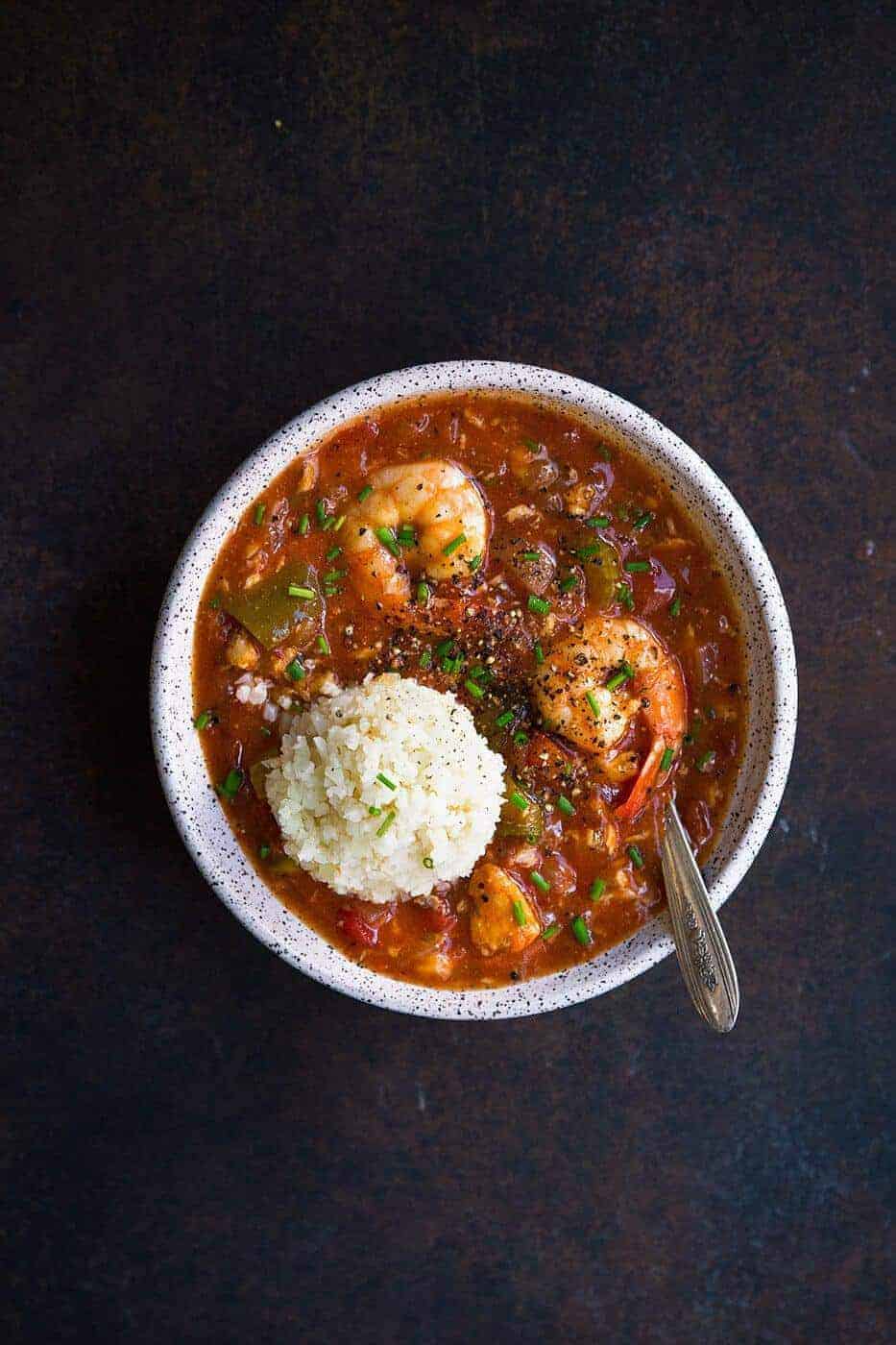
19. Turkey Meatball Stroganoff
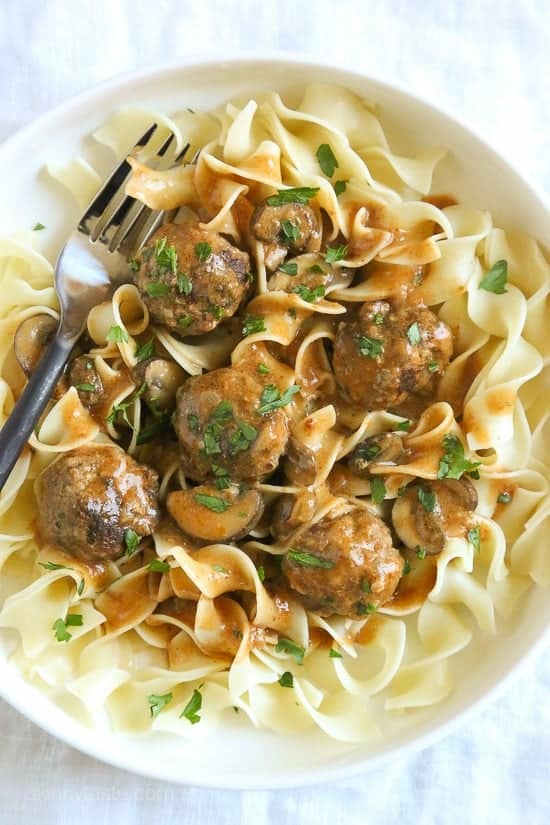
20. Instant Pot Lasagna Soup
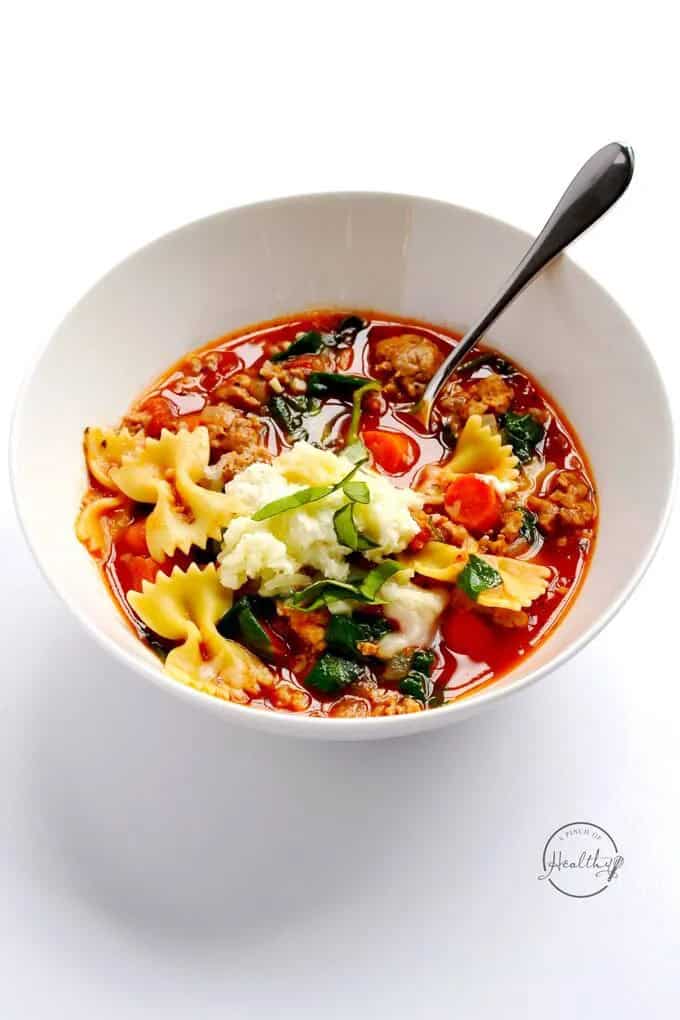
21. Instant Pot Burrito Bowls
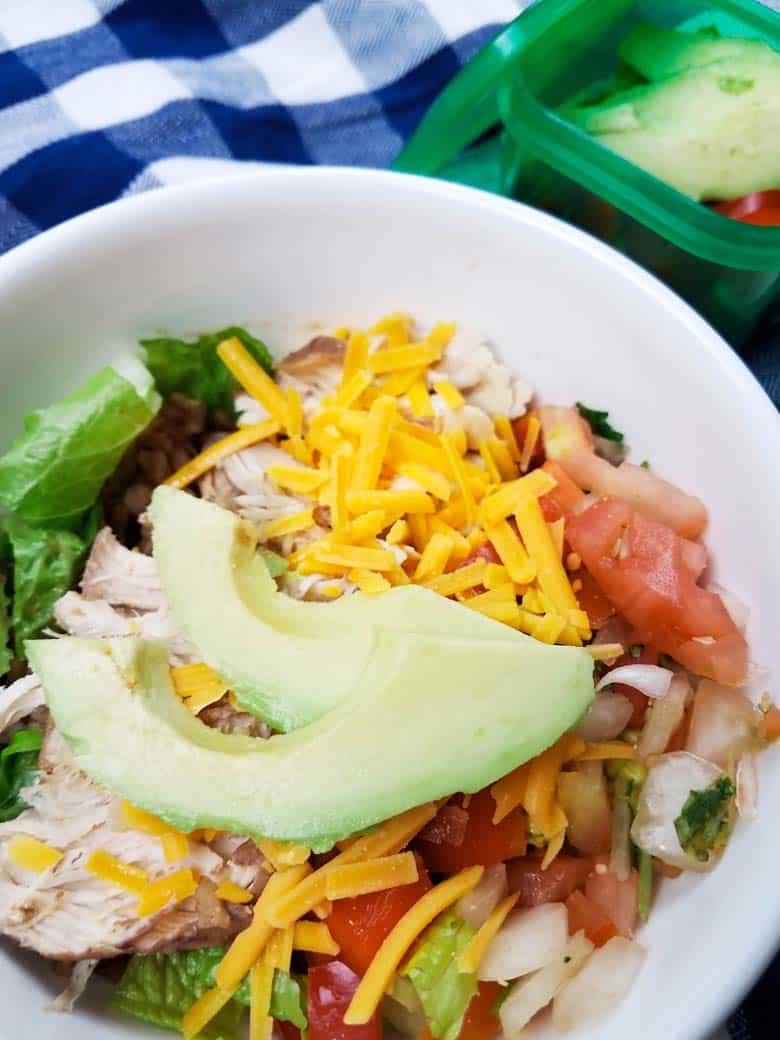
22. Instant Pot Southwestern Chicken & Rice
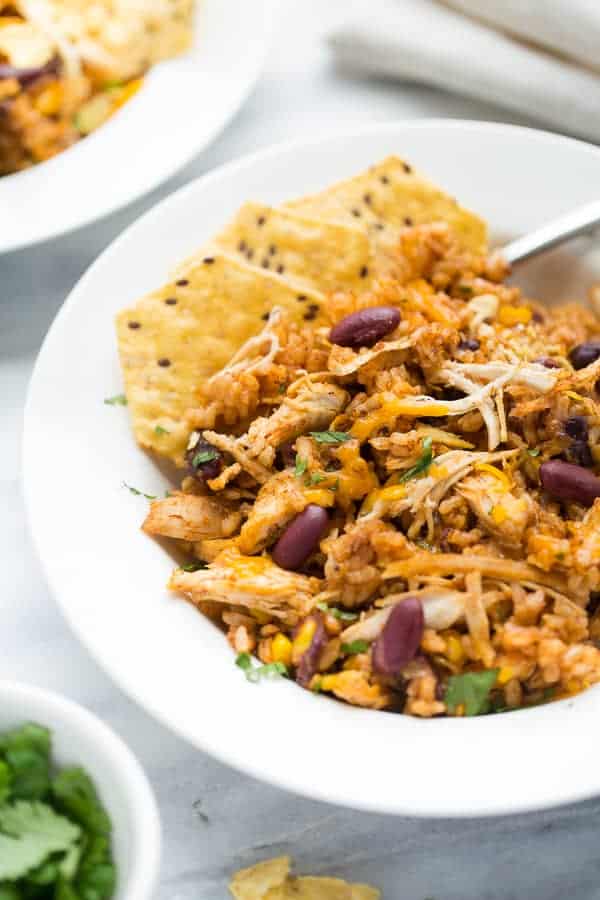
23. Instant Pot Mexican Chicken Stew
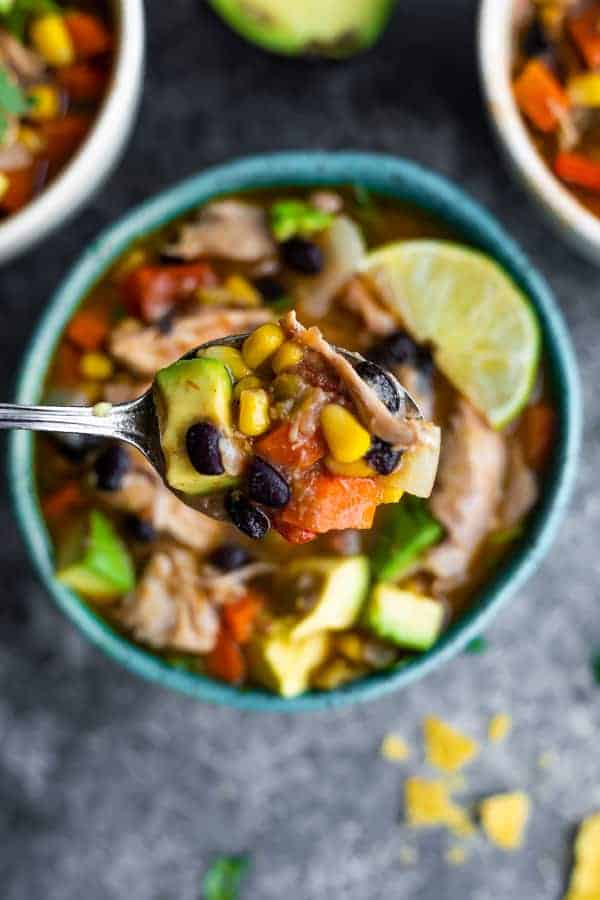
24. Instant Pot Mexican Cauliflower Rice Bowl

25. Instant Pot Chicken Tacos

What are some essential tips for using an Instant Pot?
Use the Right Amount of Liquid: Instant Pots need a minimum amount of liquid to build pressure. Follow recipe guidelines for the correct amount.
Layer Ingredients: Place denser ingredients like meat or root vegetables at the bottom and lighter ingredients on top.
Avoid Overfilling: Do not fill the Instant Pot beyond the maximum fill line to prevent overflow and ensure proper cooking.
How do I convert traditional recipes to Instant Pot recipes?
Adjust Cooking Time: Reduce the cooking time significantly, as pressure cooking is faster. For example, a recipe that takes an hour on the stovetop might only need 10-15 minutes under pressure.
Modify Liquid Amount: Decrease the amount of liquid used since there is less evaporation in a sealed pressure cooker.
Layering and Timing: Consider the cooking time of different ingredients and layer them accordingly. Ingredients with similar cooking times should be grouped together.
Can I cook frozen food in an Instant Pot?
Yes, you can cook frozen food in an Instant Pot. The pressure cooker will take longer to come to pressure, and you may need to adjust the cooking time slightly. Always ensure that meats reach a safe internal temperature.
Are there any foods I should avoid cooking in an Instant Pot?
Delicate Pasta: It can become mushy if overcooked.
Dairy Products: These can curdle under high pressure. Add them after pressure cooking.
Fried Foods: Breaded or battered foods can become soggy rather than crispy.

![21 Quick Instant Pot Pasta Recipes [2024] Perfect for Busy Weeknights 21 Quick Instant Pot Pasta Recipes](https://exactlyhowlong.b-cdn.net/wp-content/uploads/2024/03/21-Quick-Instant-Pot-Pasta-Recipes-1280x720.jpg)
![25 Fast Instant Pot Dinner Recipes [2024] Perfect for Busy Weeknights 25 Fast Instant Pot Dinner Recipes](https://exactlyhowlong.b-cdn.net/wp-content/uploads/2024/04/25-Fast-Instant-Pot-Dinner-Recipes-1280x720.jpg)


![35 Must-Try Instant Pot Recipes [2024] For Delicious Meals in Minutes 35 Must-Try Instant Pot Recipes](https://exactlyhowlong.b-cdn.net/wp-content/uploads/2024/04/35-Must-Try-Instant-Pot-Recipes-1280x720.jpg)
![21 Best Keto Instant Pot Recipes [2024] For Quick Low-Carb Meals 21 Best Keto Instant Pot Recipes](https://exactlyhowlong.b-cdn.net/wp-content/uploads/2024/04/21-Best-Keto-Instant-Pot-Recipes-1280x720.jpg)
![25 Delicious Keto Instant Pot Recipes [2024] For Easy Low-Carb Cooking 25 Delicious Keto Instant Pot Recipes](https://exactlyhowlong.b-cdn.net/wp-content/uploads/2024/04/25-Delicious-Keto-Instant-Pot-Recipes-1280x720.jpg)




